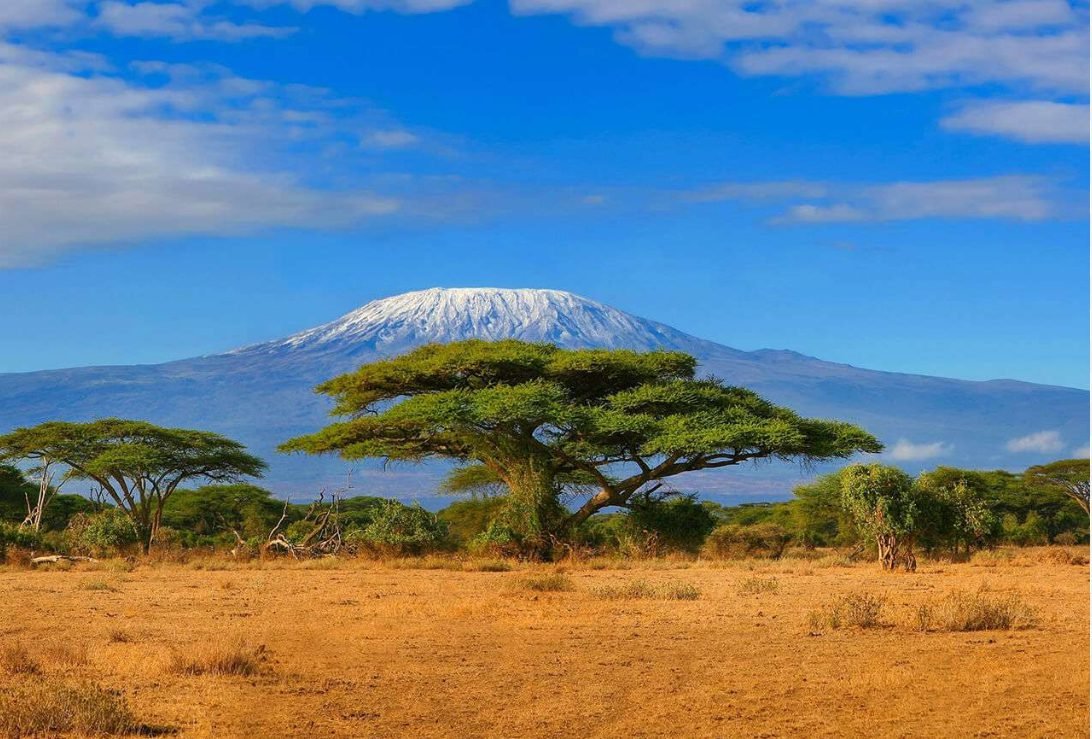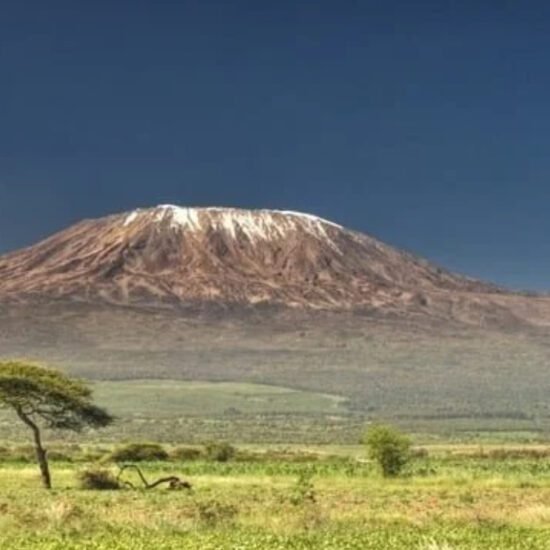
How to Prepare for Kilimanjaro Trek
How to Prepare for Kilimanjaro Trek
So, someone got inspired by a documentary or a particularly convincing Instagram reel and now they’re planning to climb Mount Kilimanjaro. Good for them! At 5,895 meters (or, as your legs will interpret it, “way too high”), Kilimanjaro is Africa’s tallest freestanding mountain and a solid bragging point for the rest of your life.
But before anyone starts ordering overpriced trekking poles or Googling “is yak butter a thing I need?”—let’s get into the essentials of preparing for this epic journey.
1. Train Like You Mean It (Even If It’s Just in Your Basement)
Mount Kilimanjaro is not Everest, but it’s also not a walk in the park unless your local park has 20% oxygen and a suspicious number of lava rocks.
Forget fancy gyms—hiking is about endurance, not how many reps you can bench while listening to a Joe Rogan podcast. Long walks, stair climbing, and hiking on uneven terrain with a pack are the holy trinity here. Bonus points if you do it in bad weather while muttering motivational quotes to yourself.
And yes, leg day is now every day.
2. Gear Up Without Selling a Kidney
Good news: you don’t need to spend your entire savings on gear. Bad news: you will still need to buy more than you think. A few items every future Kili conqueror should invest in:
- Broken-in hiking boots (aka, no fresh-from-the-box foot torture devices)
- Layers like you’re playing a very serious game of clothing Jenga
- A headlamp (because trekking at 2 a.m. in the dark is, apparently, part of the charm)
- A reusable water bottle or hydration bladder (because dehydration is sneaky and altitude is petty)
Optional: A portable mirror to practice your triumphant summit selfie face.
3. Altitude: That Uninvited Party Guest
Altitude is the great equalizer. Marathon runners, yoga masters, and people who once climbed Machu Picchu without wheezing—none are safe.
The best way to beat it? Go slowly. Pole pole, as the locals say (and yes, it’s pronounced poh-leh poh-leh, not like you’re talking about a dancing stick). Most routes up Kilimanjaro build in acclimatization days, which are basically naps disguised as progress. Embrace them.
Diamox can help, but consult your doctor unless you enjoy spontaneous tingling and peeing more than a nervous chihuahua.
4. Mental Prep: Be Chill, But Also Be Ready to Suffer Slightly
There will be moments where everything hurts, your tent zipper is frozen, and you begin to question your life choices. These are all normal.
Bring snacks you love, songs that pump you up, and a journal to record your “I can’t feel my toes but I’m still fabulous” thoughts. Mindset is half the climb. The other half is blisters.
5. Celebrate Your Summit—and Then Talk About It Forever
Summit day is brutal. It starts at midnight, includes several emotional phases, and ends with a view that makes everything—yes, even the altitude-induced emotional breakdown—totally worth it.
Once back down, the real fun begins: casually dropping “When I climbed Kilimanjaro…” into every conversation for the next decade.
Because honestly, if you’ve scaled Kilimanjaro and don’t mention it regularly, did it even happen?
Ready to climb a mountain and your social credibility? Kilimanjaro is waiting—bring snacks.




